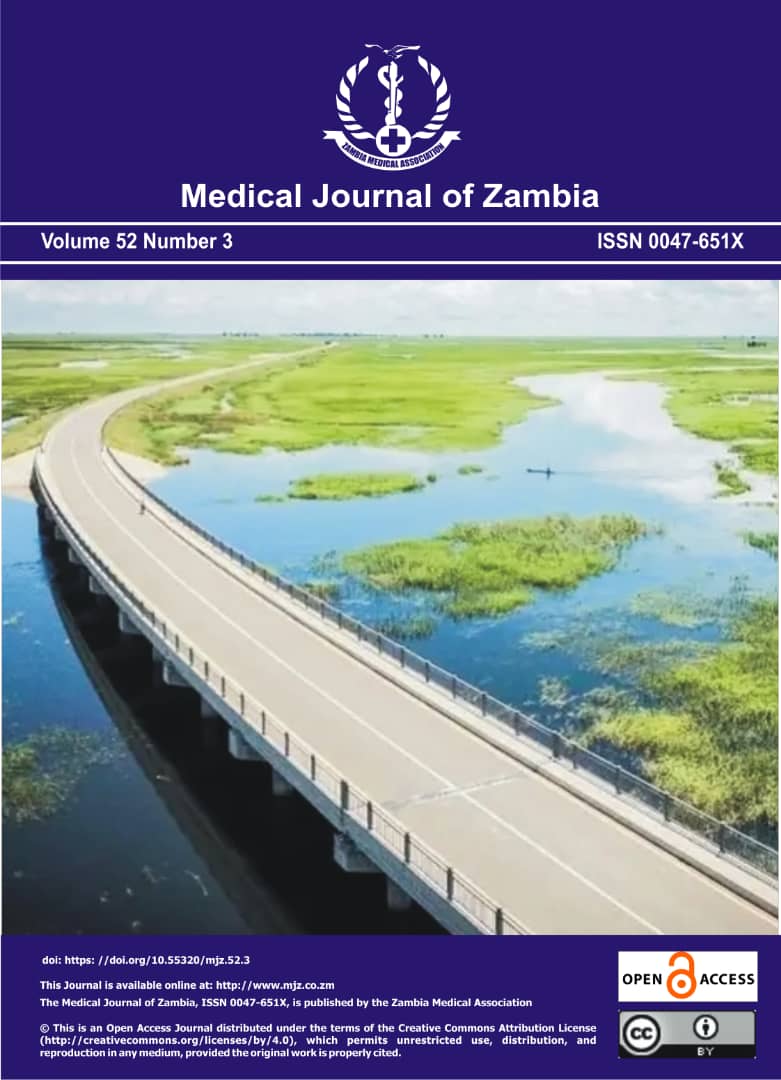Patient Perspectives on Artificial Intelligence in Radiology: Attitudes, Knowledge, and Concerns in Public Hospitals of Harare Metropolitan Province, Zimbabwe
DOI:
https://doi.org/10.55320/mjz.52.3.639Keywords:
Artificial Intelligence (AI), Patients, Attitudes, Knowledge, RadiologyAbstract
Introduction: Artificial Intelligence (AI) adoption in Zimbabwean radiology could improve diagnostics and efficiency but risks worsening health inequities without addressing infrastructure gaps, workforce impacts, and patient education. The stakeholders who bear the greatest risks from new technologies like AI are patients. Achieving an adequate understanding of the attitudes and concerns of patients is crucial to ensure their interests are represented in determining how the technology is used to deliver clinical care. This study assessed patient knowledge, attitudes, and concerns regarding AI-assisted radiology in Harare Metropolitan Province’s (HMP) public hospitals.
Methods: A quantitative cross-sectional survey was conducted from March to April 2024, utilizing a validated structured questionnaire as the primary data collection tool. Participants were enrolled consecutively until reaching the target sample size. Data analysis was done in Stata 13. Descriptive statistics summarized key features of the dataset, including means, medians, standard deviations, and frequencies, offering an overview of survey responses.
Results: A total of 300 participants took part in the study, only 37% reported a high level of knowledge about AI, and attitudes were predominantly negative, with 35% expressing unfavourable views and 38.33% unwilling to undergo AI-assisted examinations; however, 38.33% acknowledged AI's potential positive impact on diagnostic accuracy. Concerns about job loss were prevalent among 29% of participants, with a significant expectation for AI to reduce waiting times (30.33%).
Conclusion: The findings reveal a low level of knowledge about AI among patients, predominantly negative attitudes, and low trust in AI technologies, indicating significant barriers to acceptance. Although patients recognize potential benefits like shorter wait times, their persistent concerns highlight the need for better education, transparent healthcare provider communication, and ethical guidelines for AI implementation.
Downloads
Downloads
Published
Issue
Section
License
Copyright (c) 2025 Medical Journal of Zambia

This work is licensed under a Creative Commons Attribution-NonCommercial 4.0 International License.









